Learning to Love Snakes
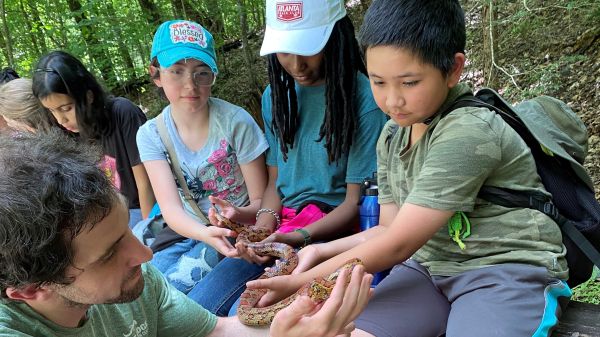
The North Georgia Mountains dusk engulfs the sky as I hike down a hill with 15 fifth graders in tow. I have recently been hired as an Environmental Educator at a nature center, where I lead elementary students from the Atlanta area on nature hikes and teach them various subjects from Appalachian geology to aquatic ecology. For some students, this will be their first experience in nature.
What they don’t know is that I have just completed the two-week training, and I am taking my first group on a night hike. Not only am I determined to do a good job, but I am also striving to create positive experiences in nature for kids who otherwise have had very little exposure to the outdoors.
As we approach the bottom of the hill, I notice something slithering across our path a few yards in front of us. The students behind me are not aware that we have added company; they are too busy sharing their excitement about walking in the dark.
As we get closer, I start to recognize the distinctive Hershey kiss markings and a triangle-shaped head. It is a copperhead, a venomous snake native to the area, and we are headed straight for it.
I need to act quickly. I could turn the group around and head in another direction, but I am still learning the grounds of the facility. Leading a bunch of 10-year-olds around in the dark where I am unfamiliar is not ideal. Instead, I come to an abrupt stop and quickly hold my arms out to halt the group. We are about five feet from the snake, and everyone has gone quiet, curious as to why we have all suddenly stopped. In a calm voice, I instruct the students that there is a snake in our path. If they would like they can move to where they can see it, but not to move past me.
A fearful voice behind me asks, “Is it poisonous?” I explain that it is venomous, using the proper terminology. Venomous animals inject their toxins through bites or stings, whereas you must absorb or ingest the toxins of poisonous animals to feel the effects. “Will it attack?” another student asks. I gently explain that if we leave it alone, it will not bother us. I go on to point out its markings and how I identified it. As I tell the students about the snake, it continues slithering across the path and safely into the bushes, all while paying no notice to the curious humans observing it. Once the snake has left the scene, I continue on with my planned night hike. Throughout the duration of the group’s stay, they continued to talk excitedly about their snake encounter.
Some of the students in the group mentioned that they were scared at first, but after this interaction, they felt less afraid of snakes. It was at this moment that I realized that not only had I accomplished my goal of creating a positive experience in nature for the students, but I had also alleviated some of their fears regarding snakes.
Changing Attitudes and Fostering Appreciation
It has been a couple of years since my first night as an environment educator. Throughout my career, I have taught at several different facilities in different parts of the country, and have shared my love of nature with numerous children from all walks of life and socioeconomic backgrounds. Herpetology, the study of reptiles and amphibians, is one of my favorite topics to teach and is also popular among the visiting classrooms.
Although I have taught the class at different places, the format is pretty much the same. I start by going over the definition of herpetology. We may do a Venn diagram activity where the students sort different characteristics into groups labeled reptile, amphibian, or both. We then get to the portion of the class they have all been most excited for—I bring out our live education animals. Many of the reactions I get from the students are expected. I pass around a frog in a clear tub for them to observe up close. I remind them that we can’t touch this animal since frogs are amphibians and they have sensitive skin. Most of the kids enjoy it when I bring out a turtle or tortoise. Almost all decide to give the shelled reptile a two-finger touch along its back. Eventually, the time comes to bring out my favorite animal, which I have saved for last—a snake!
I always get mixed reactions from the students when I bring out the snake. Some students gasp, faces go wide with big smiles. This is the animal they have been waiting for, but others start to grimace and scoot back in their chairs. They are not happy to see this creature. I calmly hold the snake in my hands and start to explain the different features of the snake. I explain how snakes can swallow their prey whole and how they use their tongues to smell.
Eventually, it happens—a child raises their hand and I get the question that someone asks every time I bring out a snake: “Can it bite?”
I then recite my well-practiced response, “Anything with a mouth and teeth can bite, but will it bite? Not unless we give it a reason.” I explain that snakes will only bite for two reasons. The first reason is simple: to eat food. The second reason is to defend itself. I inform the group that snakes are much more scared of people than we are of them because we could be a potential predator and that snakes in the wild just want to be left alone.
Finally, I give the students the chance to touch the snake. The class is usually split. Some students fearlessly take the opportunity to touch the snake, but others are more nervous. Some will flat-out refuse to touch the snake, but others have become curious after listening to me talk about snakes for the last 20 minutes. They cautiously reach their two fingers out to the snake. Sometimes they will hesitate and pull back, but after a moment they may reach back out. Then It happens they touch the snake! Seeing the reactions of these students is one of the most rewarding parts of my career. Some of them are too shocked to say anything. Others start repeatedly saying ''Oh my gosh!”, but one thing is for certain. Oftentimes students walk into the classroom thinking negatively about snakes and leave with a greater appreciation for snakes and a sense of pride in facing their fears.
Bridging the Gap Between Misconceptions and a Positive Connection with Nature
Scientific literacy and education can help dispel misinformation about and ignorance of snakes and build a better understanding of their behaviors and roles in their ecosystems. This education may also help children by raising awareness about biodiversity and its decline and promoting the preservation of snakes and different species. Creating educational programs that teach students factual information about snakes can create more positive attitudes toward them and alleviate fear. There are many different resources available to teachers that can help students learn more about snakes such as books and television programs. However, research suggests that the most effective method is through direct contact with snakes such as viewing and touching. Educational programs that include direct contact with snakes appear to be the best way to change people’s attitudes since they combine interaction with live snakes with scientific content. There are zoos and nature centers all across the country that provide these types of programs to schools. Some organizations will even go to school to host a program if a field trip is not possible. Providing educational programs about snakes to children is essential because it can help children form their own opinions on the animals based on correct scientific information and not through exaggerated urban legends and myths. These programs can help reinforce positive perceptions of snakes and lower the fear of snakes. Children with positive perceptions about snakes may be more invested in protecting snakes within their community and form a greater connection to nature.
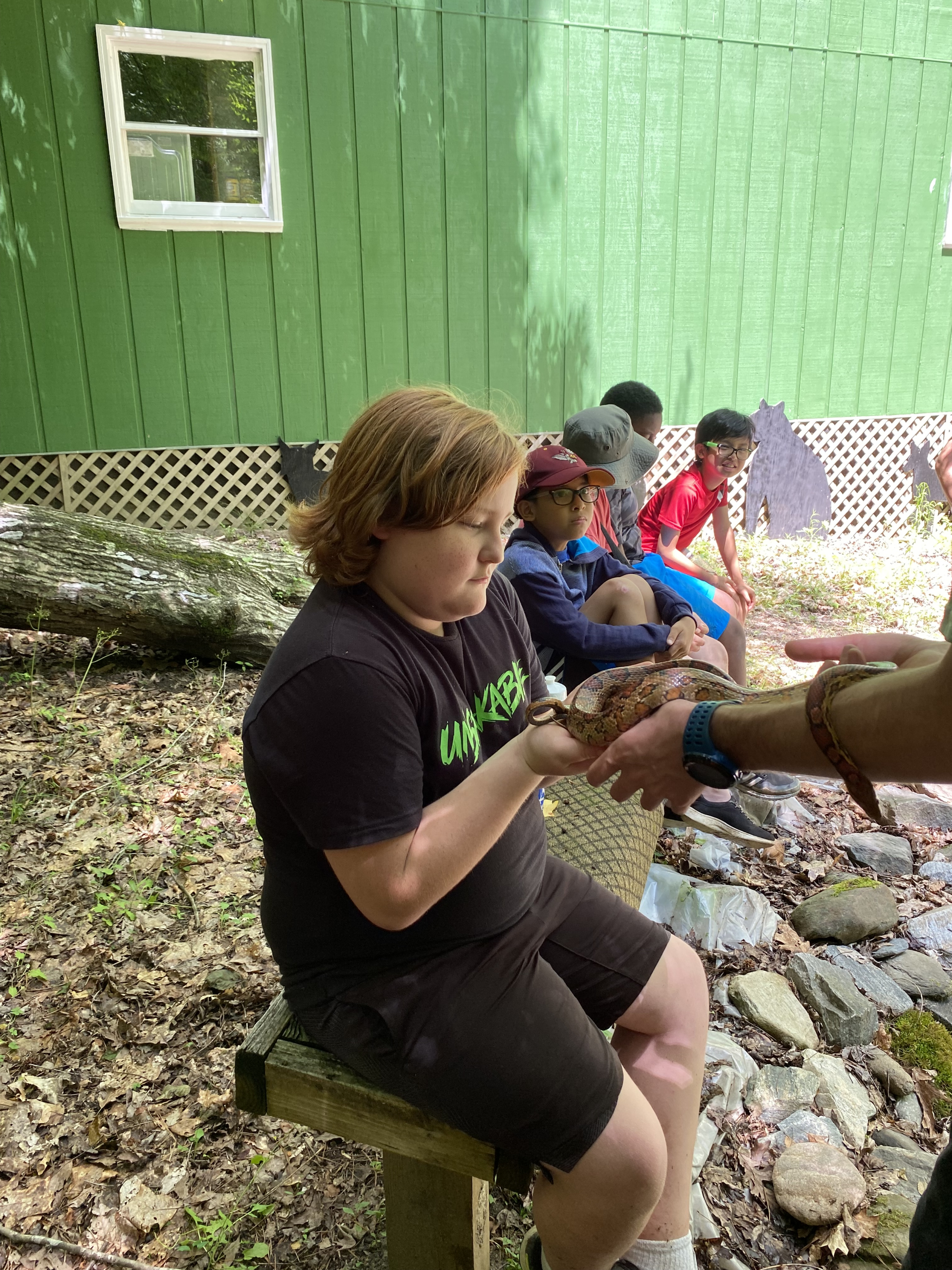
4-H students participating in a live reptile program visit an outdoor education facility. Photo credit: Rachel Munro
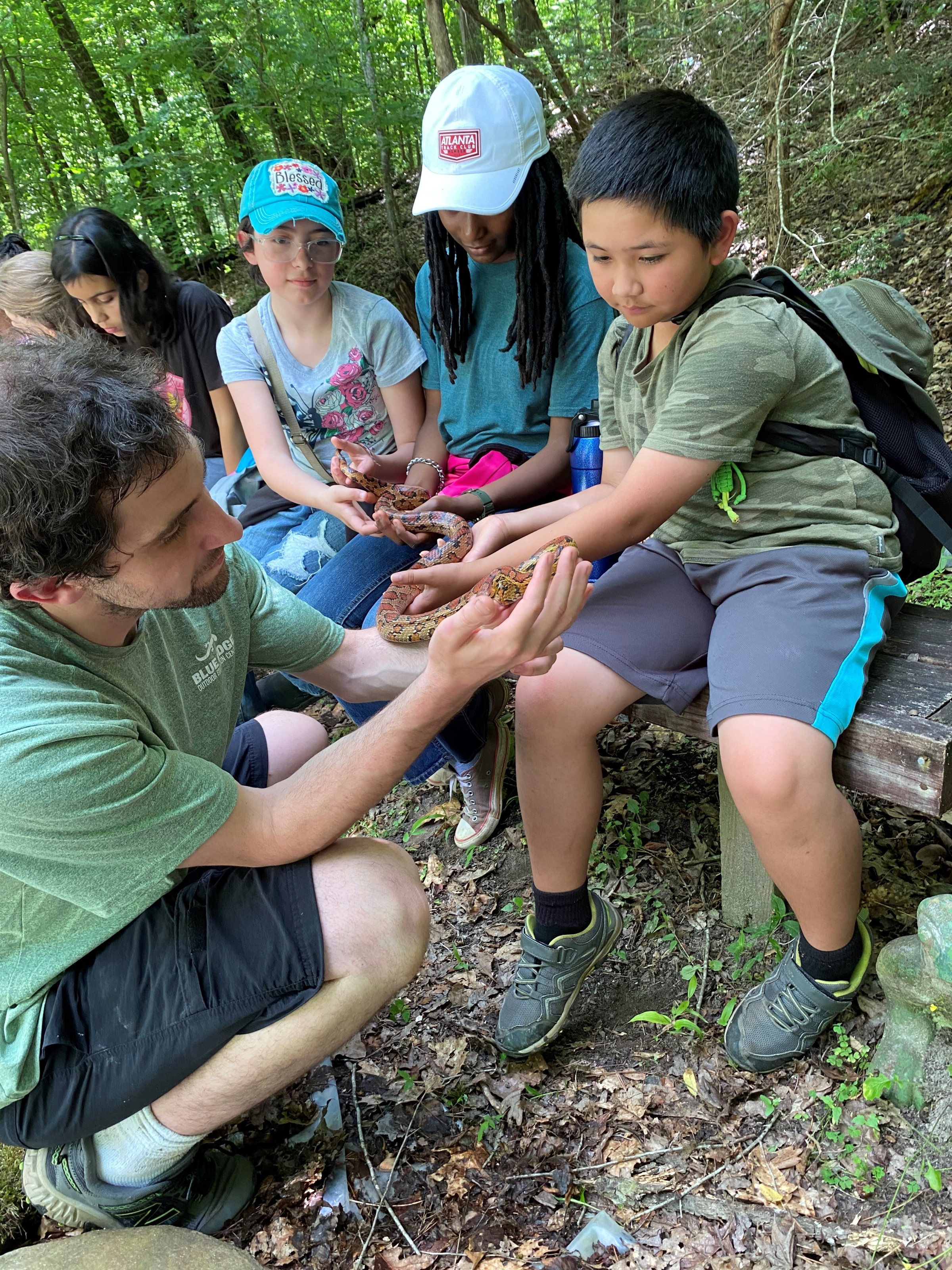
Students handle a corn snake under the supervision of the reptile educator. Photo credit: Rachel Munro
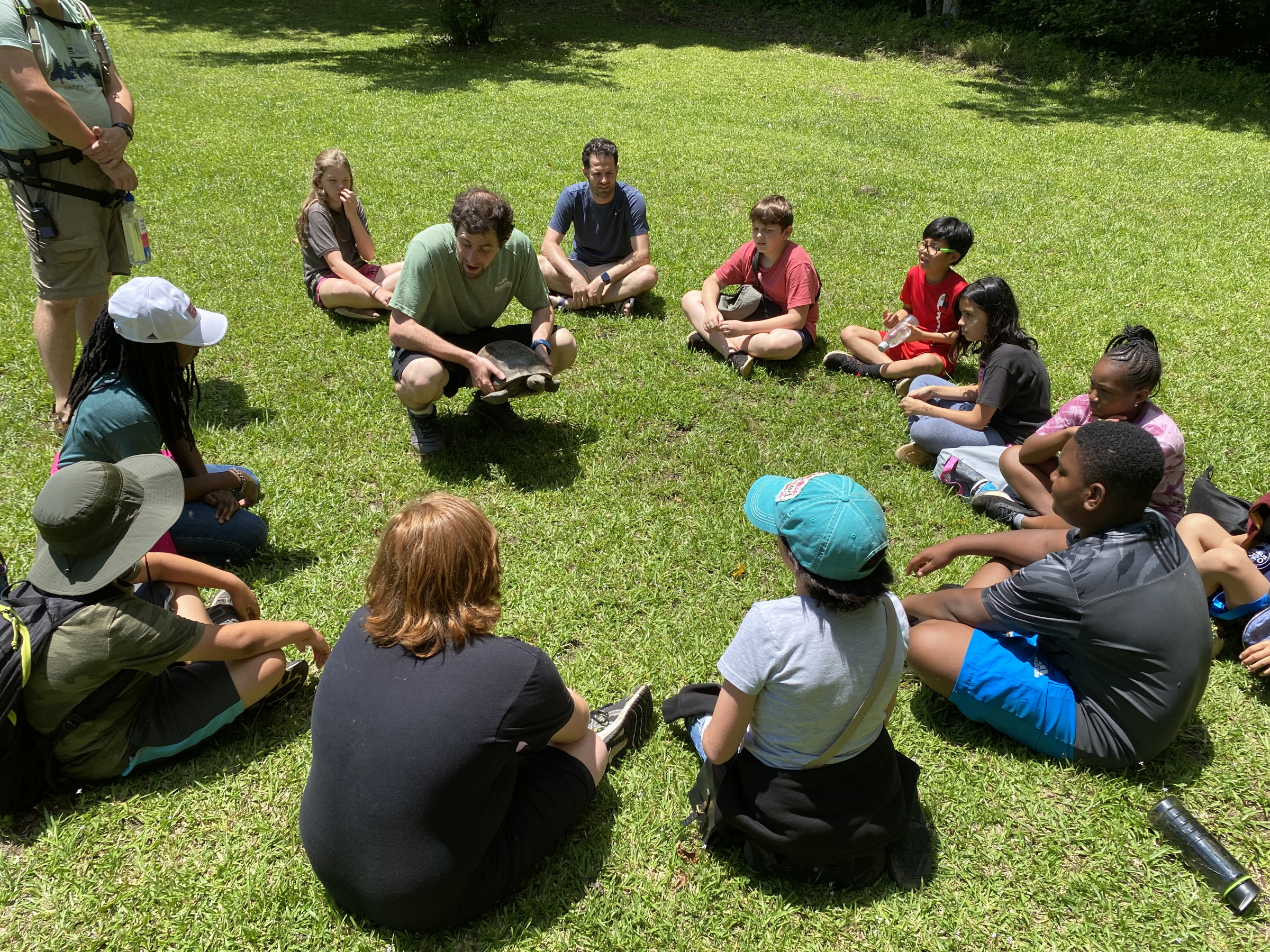
4-H students circle around an educator holding a gopher tortoise. Photo credit: Rachel Munro
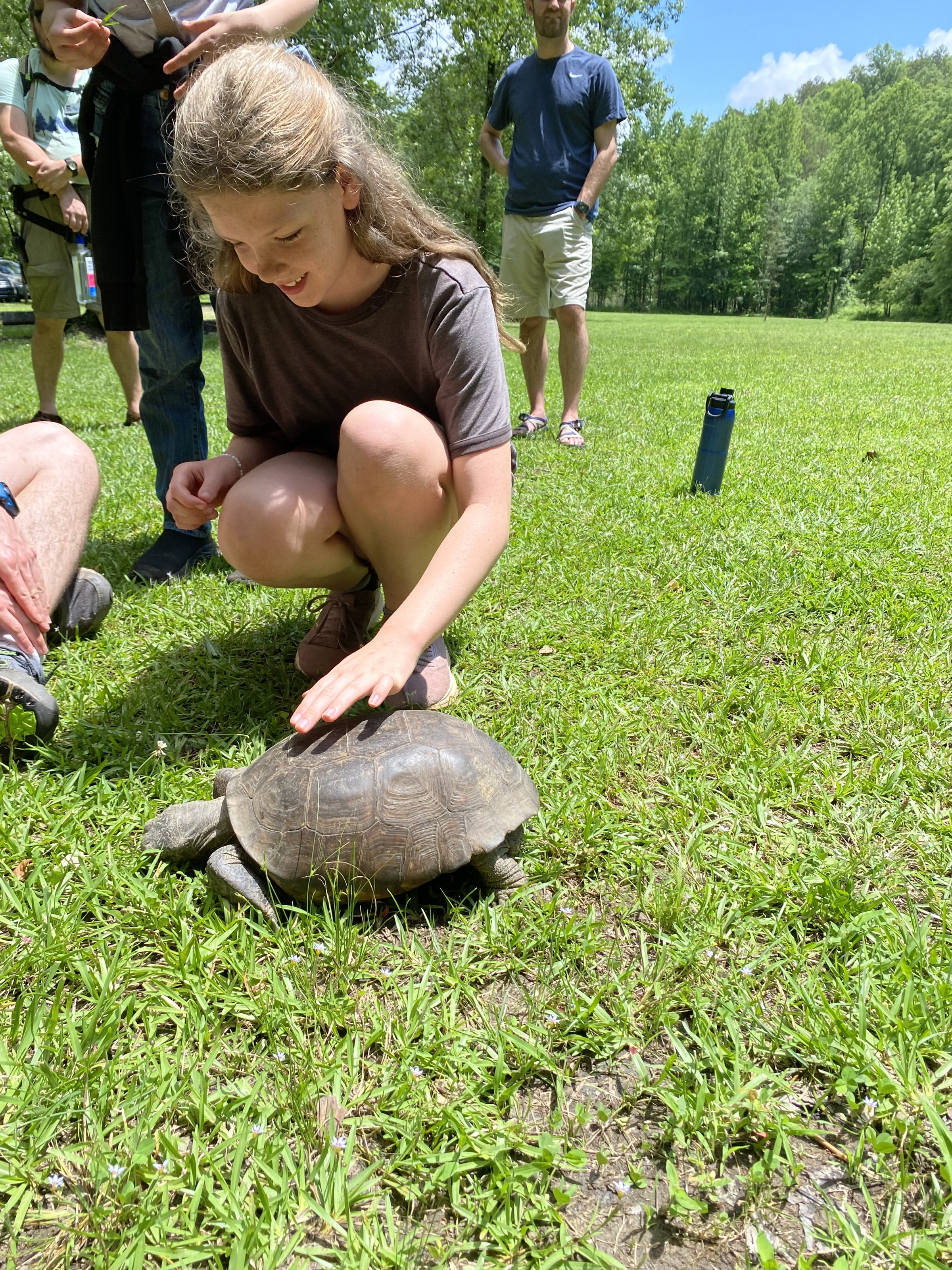
Getting up close with reptile encounters. Photo credit: Rachel Munro
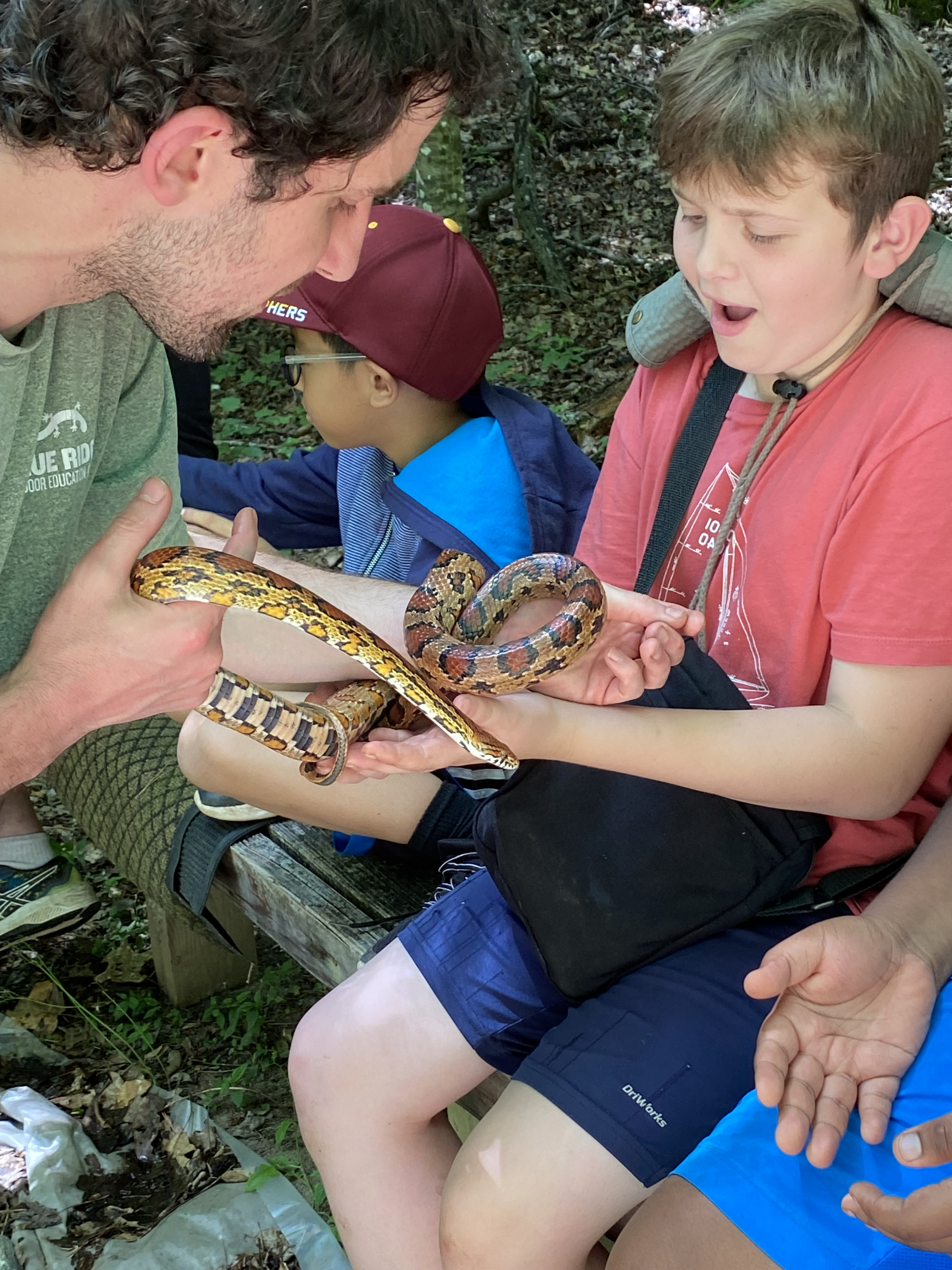
A student expresses awe during the program. Photo credit: Rachel Munro
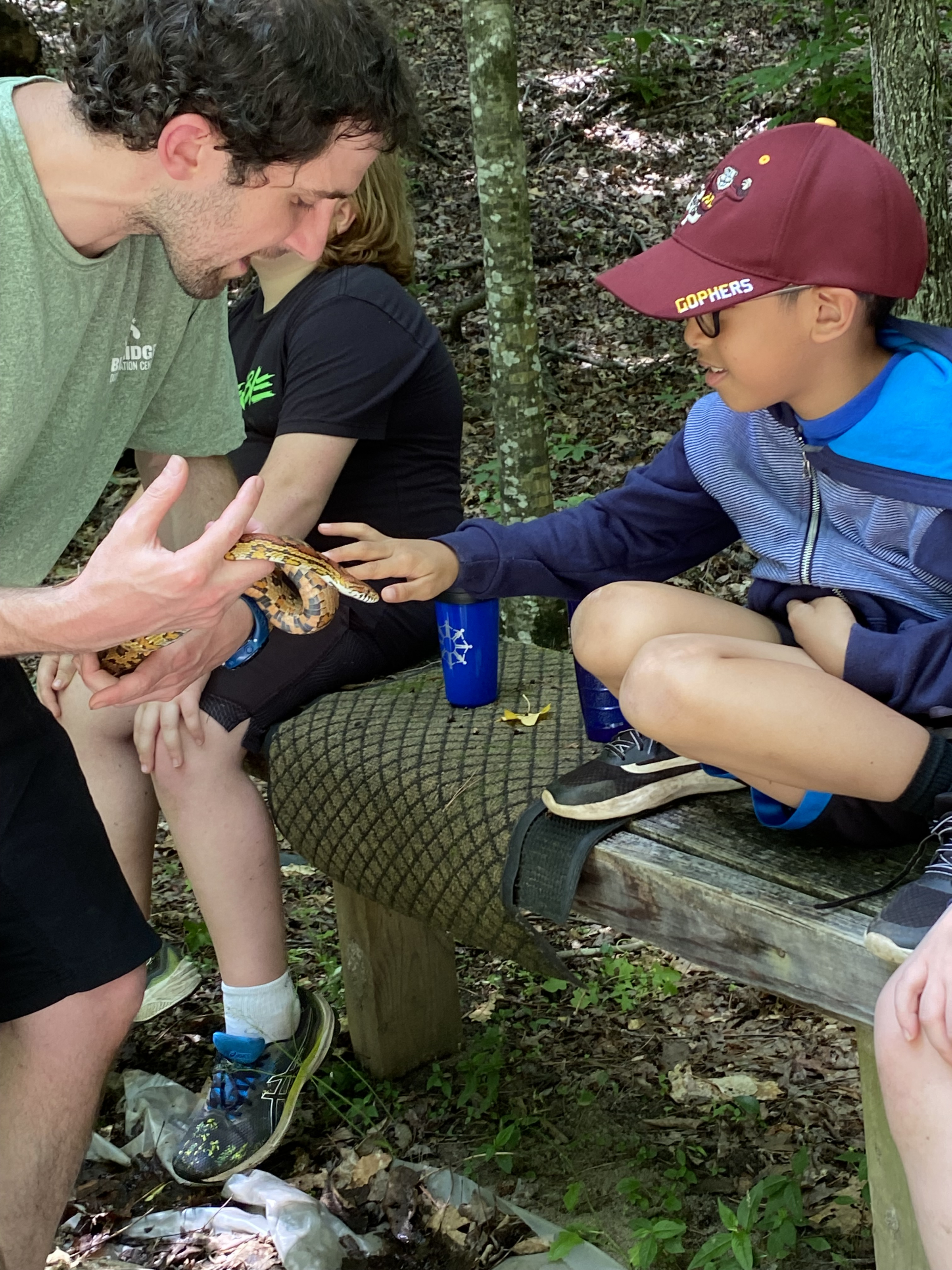
When education is hands-on, learning has a long-lasting effect. Photo credit: Rachel Munro
About the Writer
Rachel Munro currently works as a 4-H Program Assistant within her community. She has a passion for environmental education that she tries to bring to her 4-H members. She particularly enjoys learning about wildlife and sharing it with others and is the lead coach for her 4-H wildlife judging team.
Join eePRO today and be a part of the conversation!
Comment and connect with fellow professionals in environmental education. Join eePRO >


